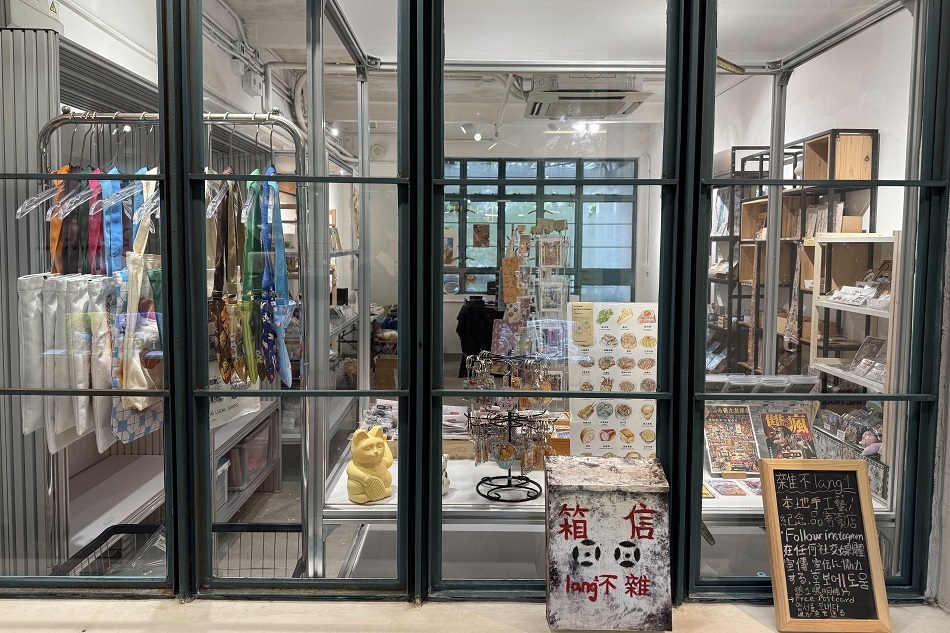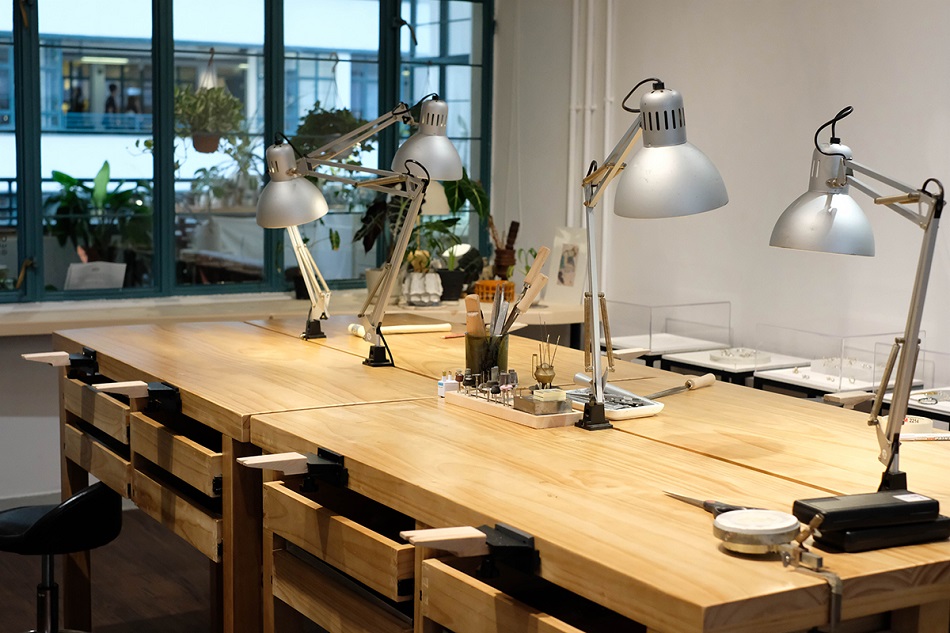Leisure & Culture #55
A Stroll in Sham Shui Po – The Society formed by Shop Scenes
Alternative places for gathering
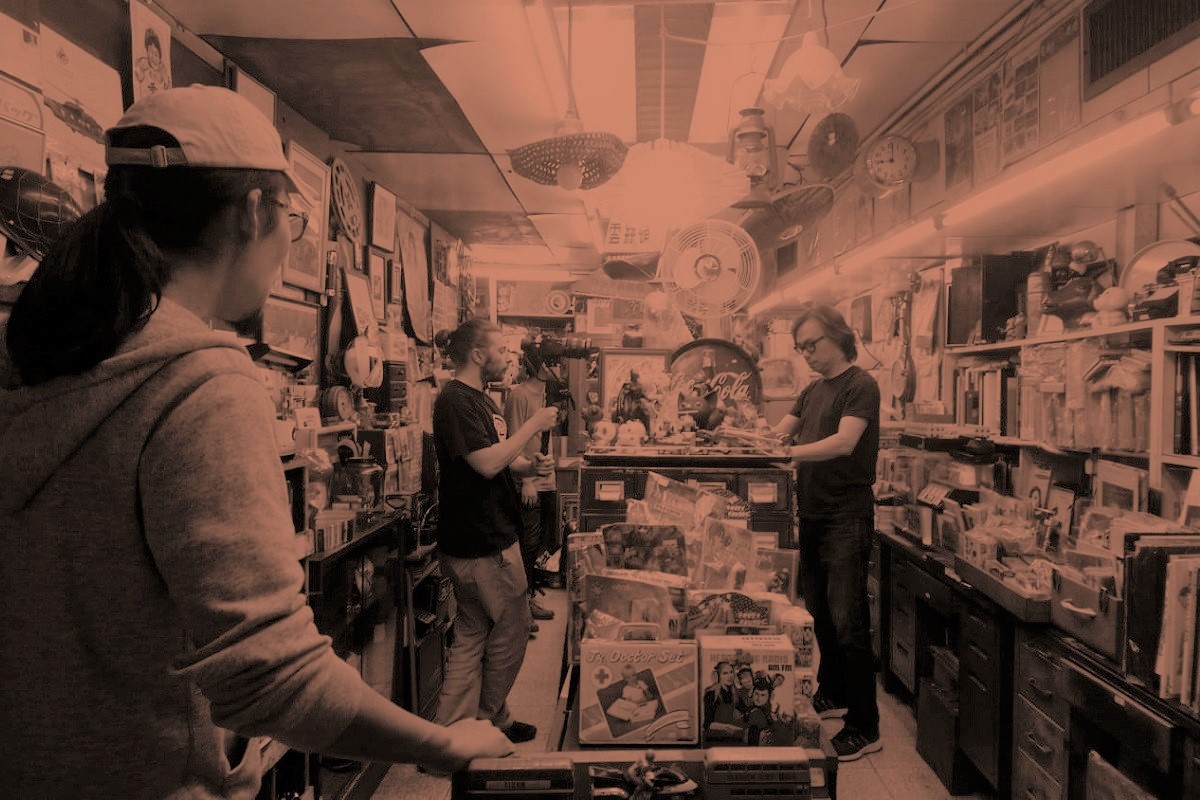
Written by Charlotte Law @AaaM Architects
Translated by Derek Leung
Image source: Kissa Laundry / Ground Level / 谷中銀座 HANARE / Shop Little Two / Form Society / Foreforehead
It has been claimed by some scholars that the influx of shopping malls all over the world in 1970-1980s constructs a new series of community centres. While the mall emergence has recently been critically regarded as a catalyst of consumption and an erodent of lifestyle, a new trend is being set by the mushrooming presence of alternative places for gathering around the globe.
Privately-run Community Centre?
Founded in Sumida, Tokyo by Ground Level, Blue Studio and architect Daigo Ishii, Kissa Laundry, a low rise urban block comprising a laundry and a bistro café which used to be a gloves factory, now operates in an avant-garde concept as a privately-run community centre, thus earning the 2018 Good Design Award.
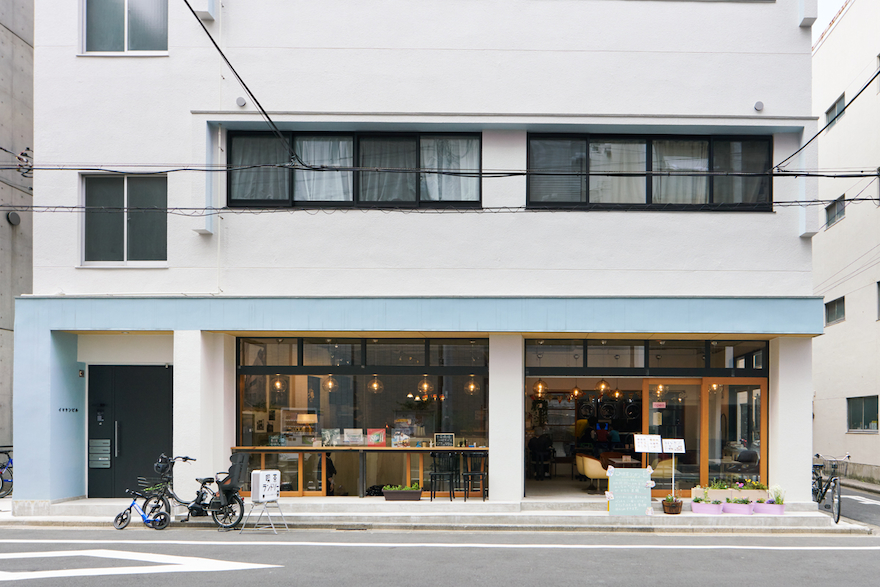
This is a low rise urban block comprising a laundry and a bistro café which used to be a gloves factory. (Image Source: www.g-mark.org)
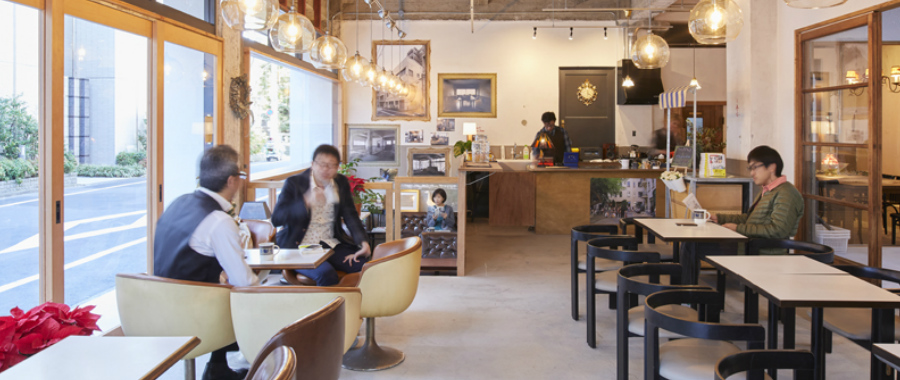
The relatively flexible rule compliance in the laundry café creates a relaxing "public space" for the residents in the neighbourhood. (Image Source: kissalaundry.com)
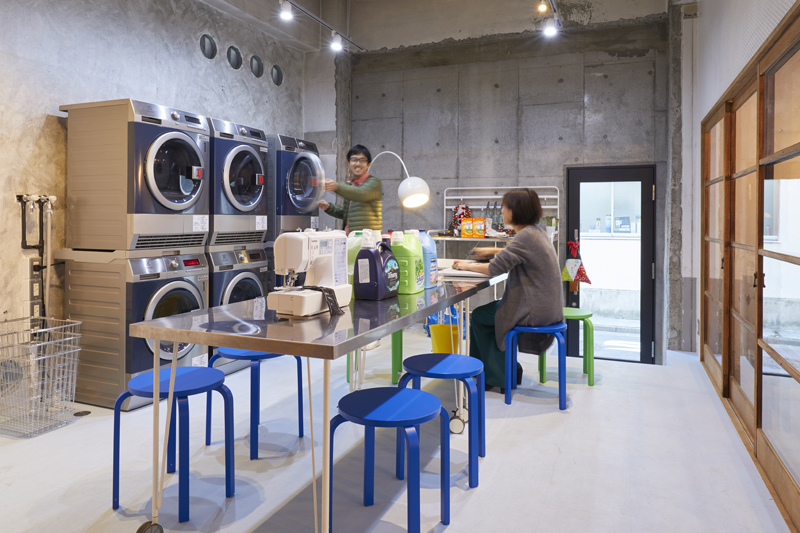
The laundry café is a common place for encounters with no identity restriction and no embarrassment to the lone customers.
Considering the laundry café a common place for encounters with no restriction and no embarrassment to the lone customers, the founders add in it spatial functions such as a living area, a dining area and a coffee corner to promote longer stay of and more social interactions among the guests. Some mothers will regularly go there for ironing whereas others reading sessions, workshops and the like will occasionally be held in the bistro area. The relatively flexible rule compliance in the laundry café creates a relaxing "public space" for the residents in the neighbourhood. Meanwhile, Yanaka Ginza HANARE, a hotel being another 2018 Good Design Award winner, is acclaimed by its architect Mitsuyoshi Miyazaki "the whole town can be your hotel", integrating the visitors into the community and accordingly rescuing the vanishing community with such a new sustainable business model.
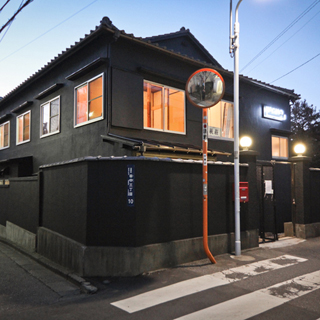
Architect Mitsuyoshi Miyazaki promotes the hotel as "the whole town can be your hotel".
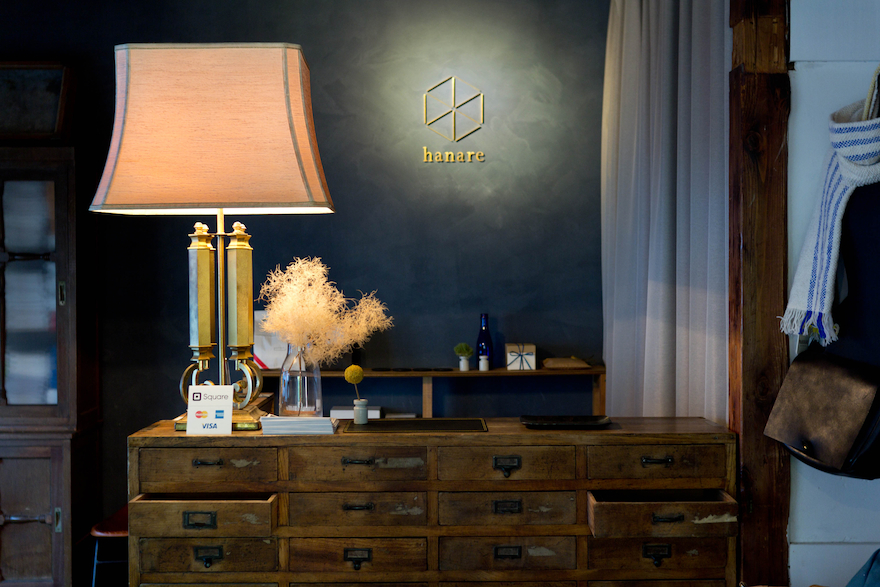
The integration of the visitors into the community rescues the vanishing community with such a new sustainable business model. (Image Source: http://hanare.hagiso.jp/)
Mismatched Public Facilities
Previously a deep water pier popular for immigrant disembarkation, Sham Shui Po is now simply a typical old residential district for all walks of life. Despite a range of sitting out areas and playgrounds, the old neighbourhood is no longer a networking place for the residents around, especially for the younger generation with the higher quality of life and the regular consumption pattern.
Instead, to many people, it is a boring town with monotonous public facilities mainly enjoyed by the elderly or the new immigrants. In view of the active presence of the minority groups in Wong Chuk Street, Nam Cheong Street and Tung Chau Street, some areas in Sham Shui Po has already been labeled as a district of danger and poverty due to the poor communal management.
Another type of public facilities is the community hall. Mostly located at the edge of the district and with unfriendly rental terms, the community halls rarely accept private and immediate applications, resulting in a low public usage rate. The shortage of places for youth activities in the district may also be attributed to the rigid hall management system.
It is the over-classification of the community facilities and the inelastic resource allocation that lead to inadequate public space for the use of the diverse multi-cultural population, an imbalance of the communal interests and accordingly the insufficient enrichment of the social life.
Sham Shui Po Revelation
The commercial spaces with communal functions like Kissa Laundry and Yanaka Ginza HANARE can indeed be experienced in some small shops in Sham Shui Po. About two years ago, a few small arts-and-cultural-related businesses filled the vacant shops with their own uniqueness. Despite their indeliberate integration into the local district, the proactive interaction of the shops with the people in the neighbourhood gradually developed a community-based symbiotic relationship.
“You can find all kinds of old stuff in Sham Shui Po. Even a pile of VCDs can be a business. You can find lots of valuable things in this community, such as a plastic stool from the long-established local brand Red A, a vinyl of our then divo Leslie Cheung and a toy from Kadar’s OK brand,” said Eddie, owner of Shop Little Two. Being asked how vintage shops could affect the community of Sham Shui Po, he said, "On the contrary, our operation is being influenced by this community."
Located in Nam Cheong Street, Shop Little Two is founded by Eddie and his partner Ricky, both graphic designers, because both of them love collecting local vintage stuff. While the young are attracted to hunt for the classic treasures, many seniors from the neighbourhood talk about the stories behind and their own memories when they see the vintage curios. Resembling a tiny museum of history, the shop is reminiscent of the old times of Hong Kong and has held an exhibition called Little Bug with the collaboration of a number of designers.
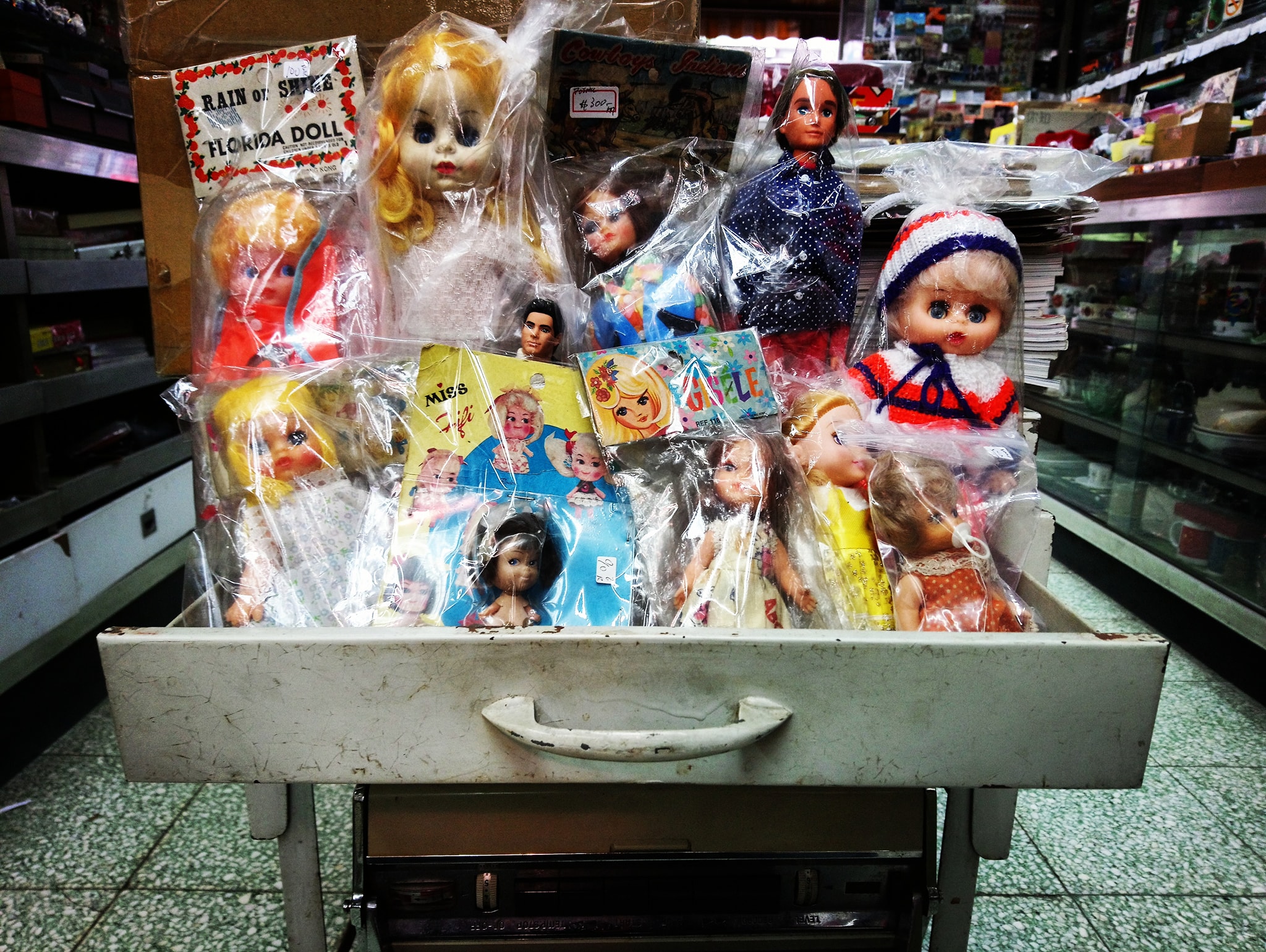
“You can find lots of valuable things, such as a plastic stool from the long-established local brand Red A, a vinyl of our then divo singer Leslie Cheung and a toy from Kadar’s OK brand,” said Eddie, owner of Shop Little Two. (Image Source: Shop Little Two Facebook Page)
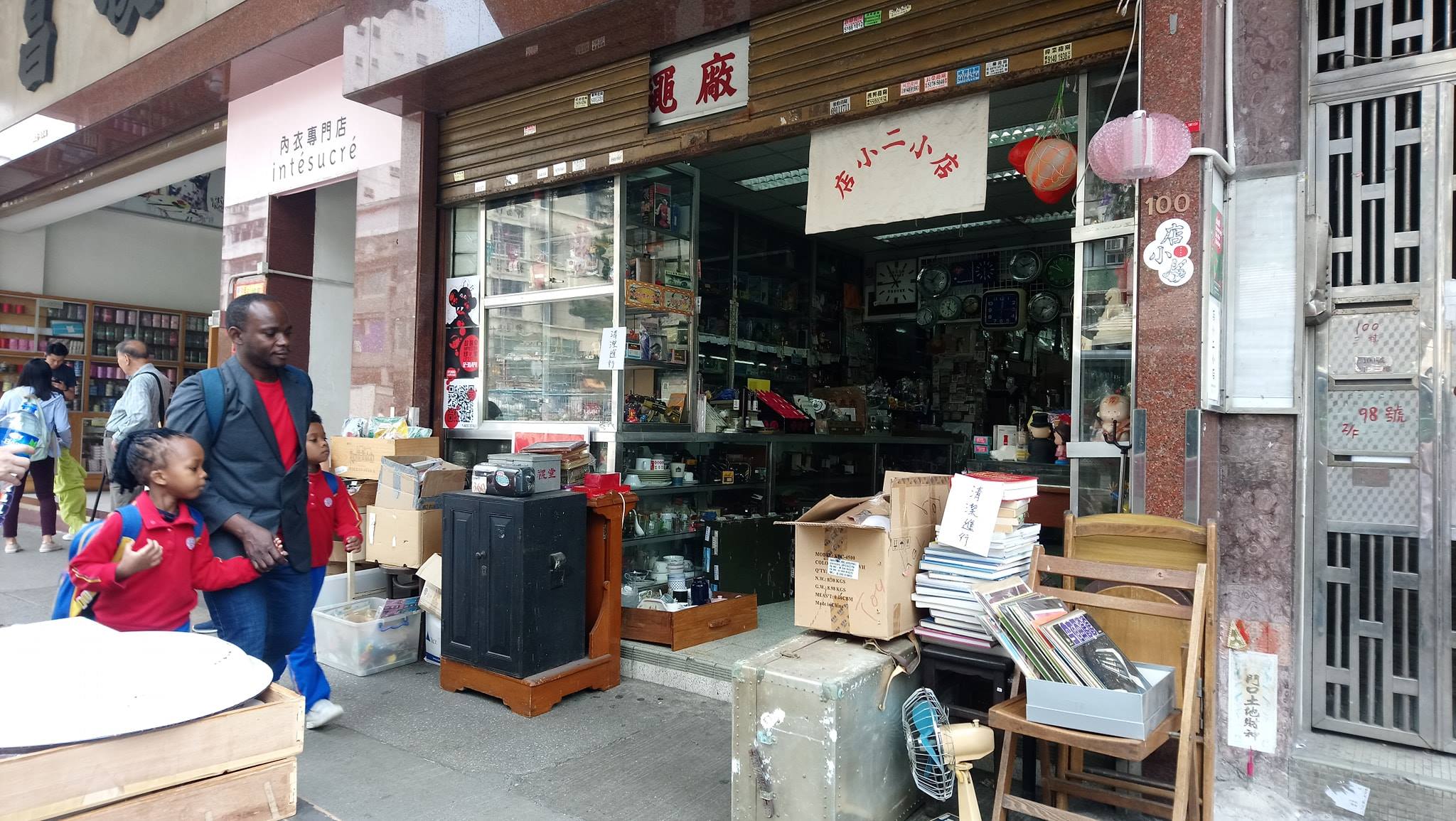
The young ones are attracted to hunt for the classic treasures while many seniors from the neighbourhood talk about the stories behind and their own memories when they see the vintage curios. (Image Source: Shop Little Two Facebook Page)
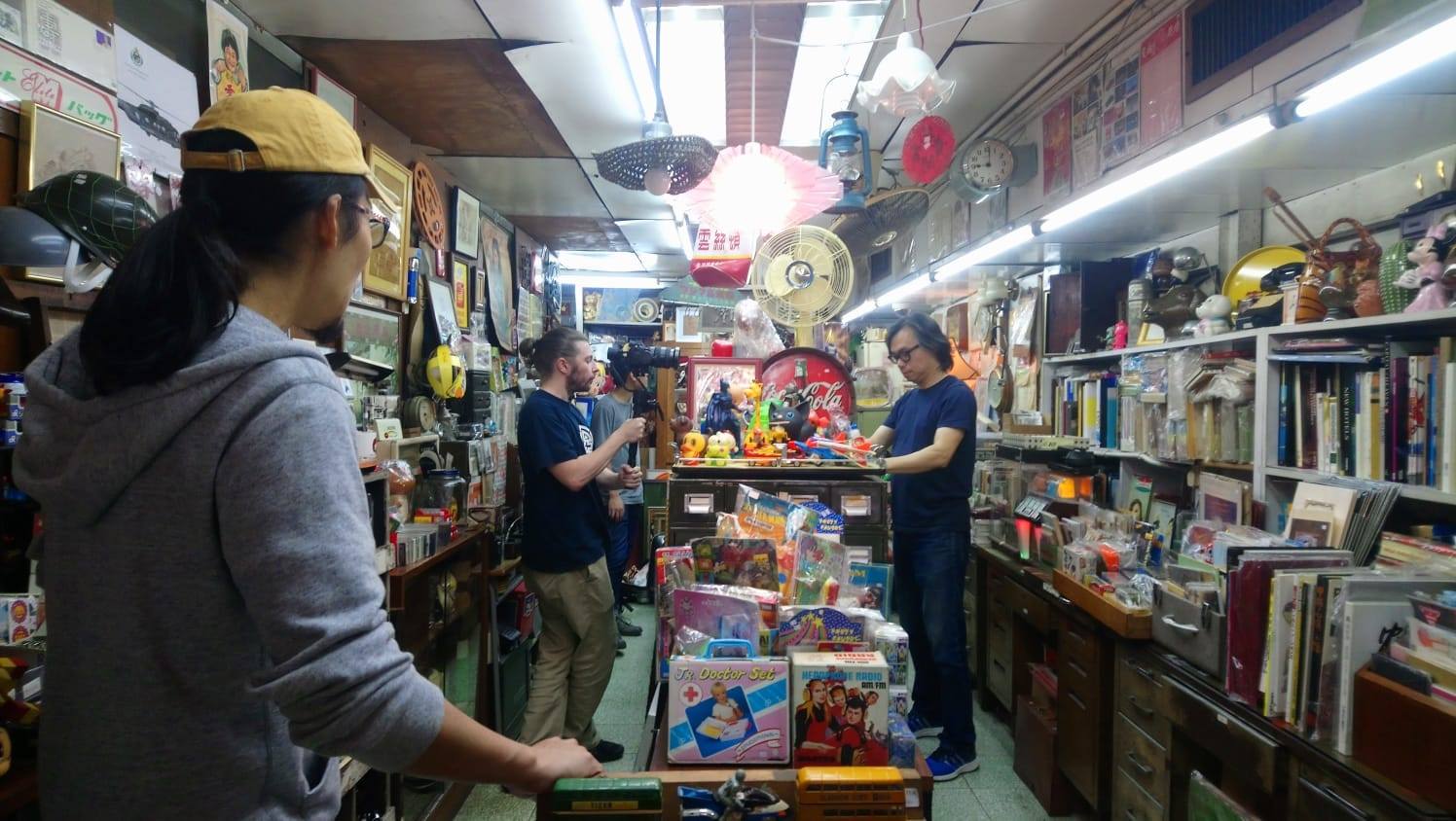
Shop Little Two looks like a tiny museum of history that shows Hong Kong’s old times. (Image Source: Shop Little Two Facebook Page)
Form Society situated in Tai Nam Street is another arts space established by artist Tin-yan Wong. Featuring long-term sub-lease studios, multi-purpose spaces for exhibitions and workshops as well as small spaces functioning as a bookstore and a tool sharing corner, the shop connects itself with the residents by delivering the basic knowledge on accident prevention together with job-related rights and obligations through art forms. It is apparent that Form Society positions itself not only as a down-to-earth art space but also a community centre with artistic charisma.
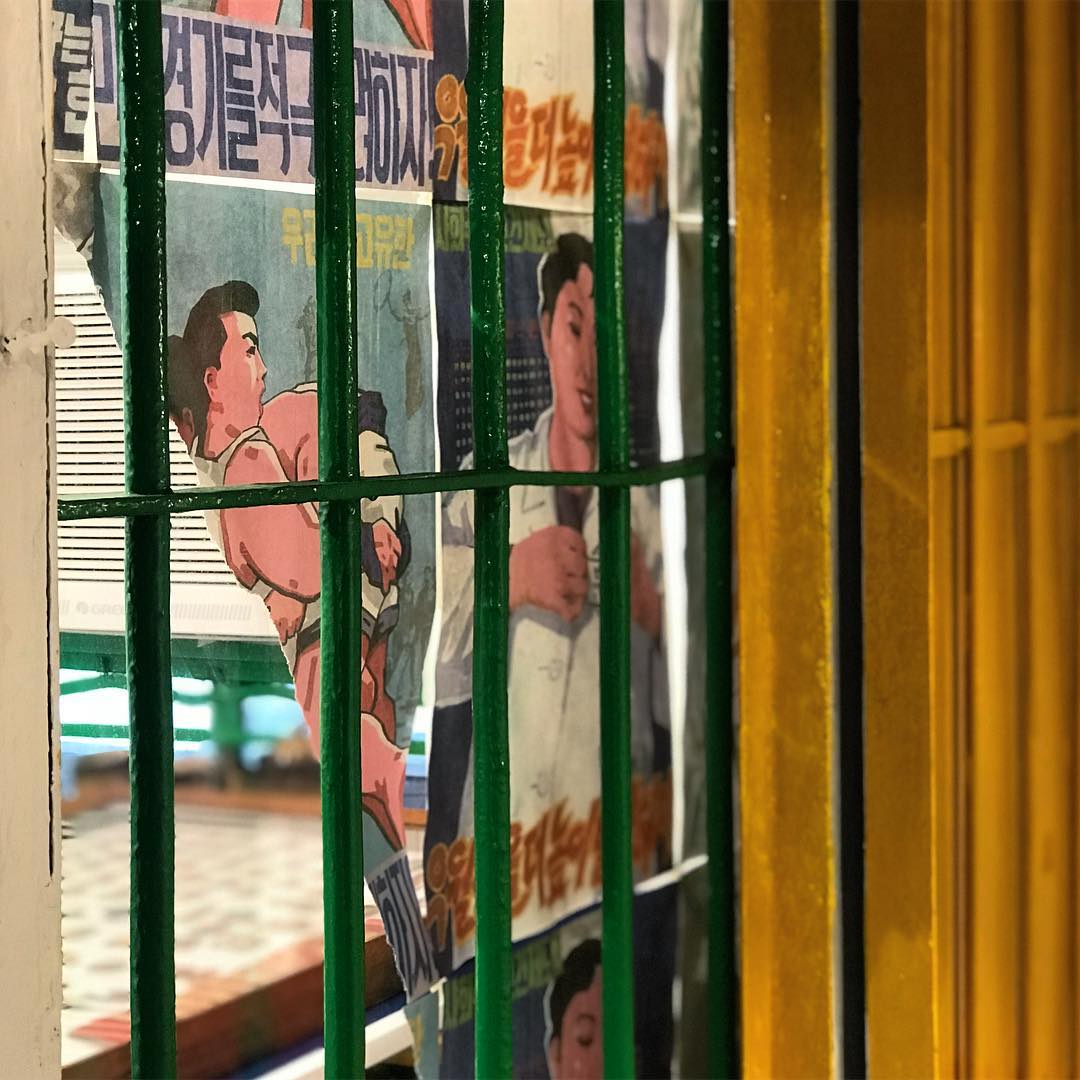
“Our tiny gallery is not meant to replace the community hall, but we see the daily life of Sham Shui Po outside our gallery window, so the art exhibitions we have never stay away from our community and is on the contrary a symbiotic phenomenon," said Daisy, founder of Foreforehead.
Nestled in the mezzanine of a former fabric store, Foreforehead is an art gallery and tiny selection store founded by Daisy who believes that art is close to life and not necessarily pricey. Recently themed as a capsule toy museum thanks to the inspiration of the old capsule toy machines placed outside the groceries and local diners in Sham Shui Po, the exhibition in this shop features over a hundred capsule-toy art pieces created by six groups of local art units.
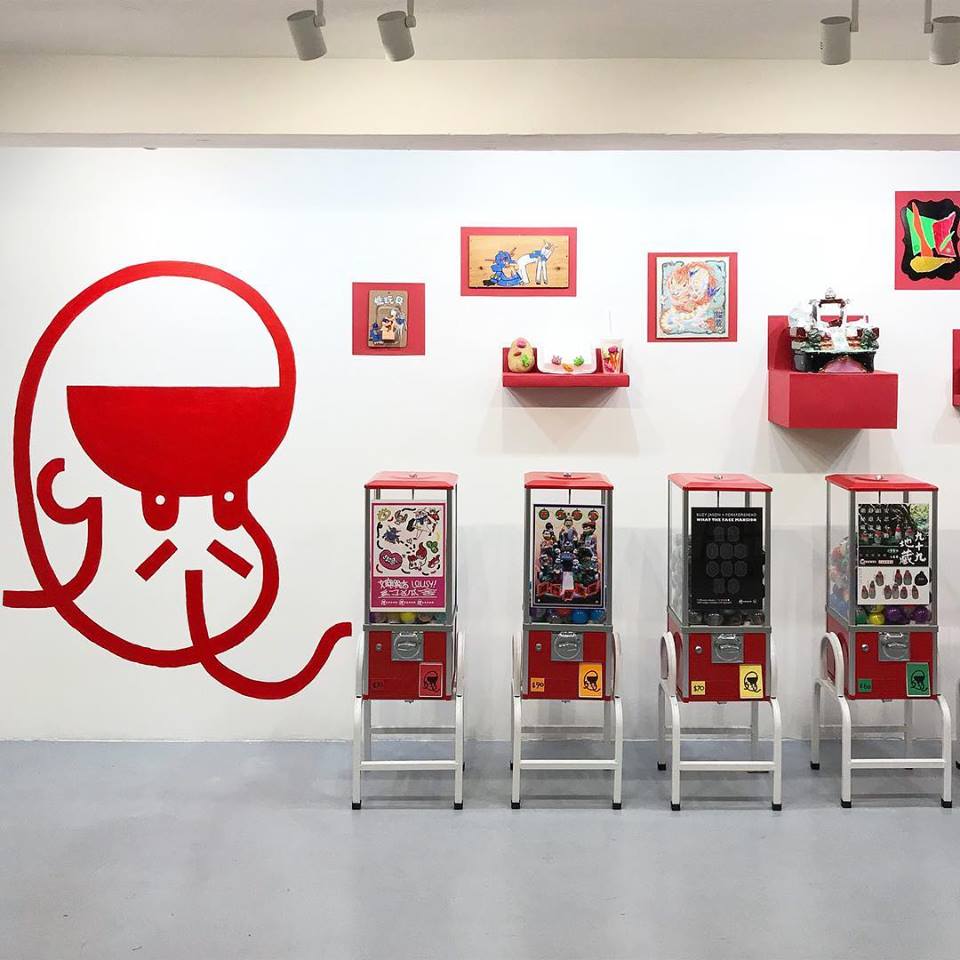
Recently themed as a capsule toy museum, the exhibition is inspired by the old capsule toy machines placed outside the groceries and diners in Sham Shui Po.
The comment of 'Shamshuipo is the new Brooklyn' written by a crossover ball pen jointly designed by Foreforehead and Taiwanese brand SKB may be fairly true to describe this area, where artists and designers would order the most authentic pig liver noodles on the street stalls and pedestrians going to buy cloth would occasionally bump into those petite shops and galleries. Such a mixed vibe forms a scene of cultural exchange in Sham Shui Po, where the small shops unconsciously weave a new net of relationships in the community and unintentionally replace the malfunctioned community halls with these art and culture spaces for the general public use.

